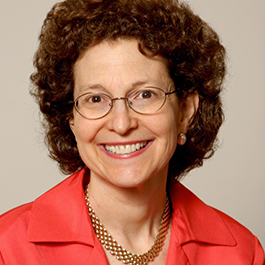Palvella Therapeutics, Inc.’s QTORIN rapamycin 3.9% anhydrous gel is showing promise in the treatment of microcystic lymphatic malformations (microcystic LMs), according to a presentation at the 15th World Congress of Pediatric Dermatology in Buenos Aires, Argentina.
There are no U.S. Food and Drug Administration (FDA)-approved therapies for microcystic LMs. The FDA has granted Breakthrough Therapy Designation, Fast Track Designation, and Orphan Drug Designation to QTORIN rapamycin for the treatment of microcystic LMs.
QTORIN rapamycin, an investigational therapy designed to selectively inhibit the mammalian target of rapamycin (mTOR) in the skin, potentially reduces endothelial cell hyper-proliferation and vascular endothelial growth factor signaling, both of which are the result of overactive mTOR signaling in microcystic LMs.
Presentation Highlights Expanded Phase 3 Trial
The presentation highlighted the recent expansion of the Phase 3 SELVA trial to include children 3 to 5 years old and reviewed clinically and statistically significant Phase 2 results.
In the multicenter, open-label, 12-week, Phase 2 study evaluating the safety and efficacy of QTORIN rapamycin for microcystic LMs, 100% of participants were either “Very Much Improved” (41.7%) or “Much Improved” (58.3%) as rated by the Clinician Global Impression of Change (CGI-C), a seven-point change scale conducted by live clinician assessment. Fully 83% of participants were either “Very Much Improved” (25%) or “Much Improved” (58.3%) as rated by the Patient Global Impression of Change, a seven-point change scale reported by patients.
QTORIN rapamycin was generally well-tolerated; all treatment related adverse events were moderate or mild and there were no discontinuations due to adverse events.
SELVA Mimics Phase 2 Trial
SELVA, a 24-week, Phase 3, single-arm, baseline-controlled clinical trial of QTORIN rapamycin for the treatment of microcystic LMs, mimics the Phase 2 study, with key study elements including the following:
-
- Based on data from Phase 2 and clinician interviews, the primary endpoint is the fit-for-purpose Microcystic Lymphatic Malformations Investigator’s Global Assessment (mLM-IGA), a seven-point change scale conducted by live clinician assessment with similarities to the CGI-C
- Patient population enriched to include patients with moderate to severe disease
- Target sample size of 40 subjects
- Treatment duration extended to 24 weeks
- Enrollment criteria expanded to include patients 3 years and older
SELVA is currently enrolling patients at 13 centers in the United States. Topline data is anticipated in the first quarter of 2026. Additionally, the SELVA study is supported by an Orphan Products Grant of up to $2.6 million from FDA’s Office of Orphan Products Development.
“There is an urgent need for a safe and effective targeted topical therapy for mosaic genetic skin disorders, including microcystic lymphatic malformation,” says Amy Paller, MS, MD, the Walter J. Hamlin Professor and Chair of Dermatology at Northwestern University’s Feinberg School of Medicine in Chicago, IL, in a news release. “Many patients have considerable complications associated with this disease, and I am looking forward to the Phase 3 results early next year.”


